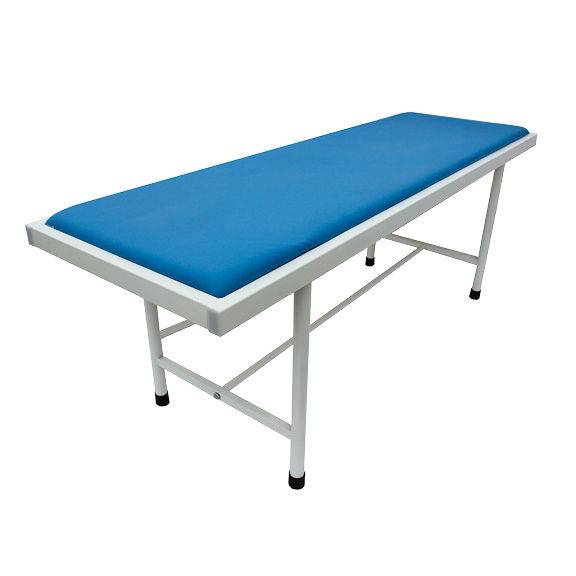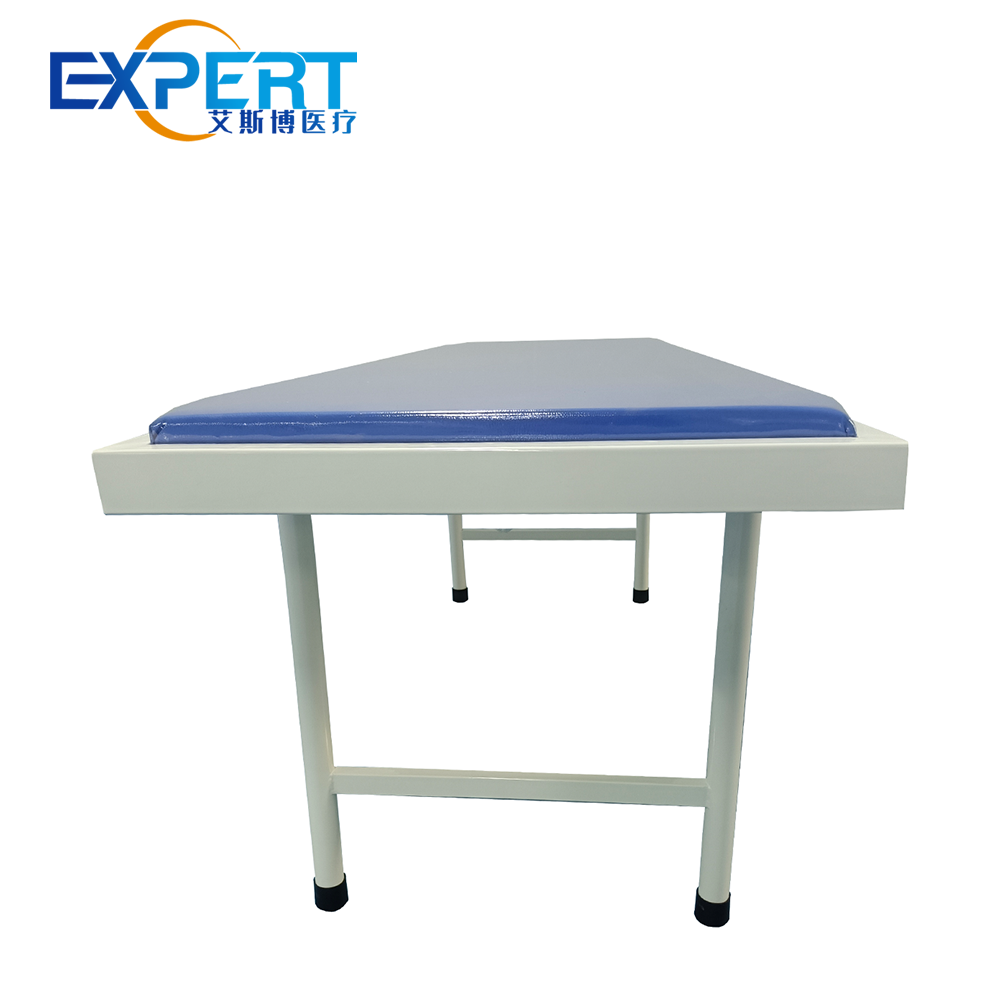Dirección
304 North Cardinal St.
Dorchester Center, MA 02124
Horas laborales
Lunes a viernes: 7:00 a. M. - 7:00 p. M.
Fin de semana: 10 a. M. - 5 p. M.
Dirección
304 North Cardinal St.
Dorchester Center, MA 02124
Horas laborales
Lunes a viernes: 7:00 a. M. - 7:00 p. M.
Fin de semana: 10 a. M. - 5 p. M.

Una camilla de exploración hospitalaria es más que un simple mueble: es una herramienta esencial para los profesionales sanitarios.
Una camilla de exploración hospitalaria es más que un simple mueble; es una herramienta esencial para los profesionales sanitarios. Debe ser duradera, cómoda y adaptable para satisfacer las necesidades tanto de los pacientes como del personal médico. La elección de la camilla de exploración puede afectar la satisfacción del paciente, la eficiencia del flujo de trabajo e incluso la calidad de la atención prestada.

A la hora de seleccionar una camilla de exploración hospitalaria hay que tener en cuenta las siguientes características:
AjustabilidadLa camilla debe ser fácilmente ajustable para adaptarse a las diferentes posiciones del paciente y a las necesidades del examen. Además, debe ser resistente y cómoda para garantizar la seguridad y la relajación del paciente durante los exámenes. Además, debe ser fácil de limpiar y mantener para garantizar la higiene en el centro médico.
DurabilidadDebe estar fabricado con materiales de alta calidad que resistan el uso frecuente y la limpieza regular. El producto también debe estar diseñado pensando en la durabilidad, garantizando así su durabilidad durante años sin perder su funcionalidad ni estética. Además, debe ser fácil de mantener y limpiar, permitiendo a los usuarios disfrutar de sus beneficios sin la molestia de un mantenimiento constante.
HigieneEl sofá debe ser fácil de limpiar y mantener, con un diseño que minimice la acumulación de suciedad y bacterias. Además, debe estar fabricado con materiales duraderos que resistan el uso regular sin mostrar signos de desgaste. Además, los cojines deben ser firmes y brindar un buen soporte para garantizar la máxima comodidad. En resumen, el sofá debe ser un complemento práctico y elegante para cualquier sala de estar.
La seguridad:Debe tener características de seguridad como barandillas laterales y una base estable para evitar caídas y lesiones. Además, la cuna debe estar hecha de materiales no tóxicos y no tener bordes afilados o piezas pequeñas que puedan representar un peligro de asfixia.
ComodidadEl diseño debe priorizar la comodidad del paciente, con un acolchado y soporte adecuados. Los pacientes deben sentirse relajados y a gusto durante su estancia en el centro médico. Es importante considerar tanto sus necesidades físicas como su bienestar emocional al diseñar espacios para la atención médica.
Hay varios tipos de camillas de exploración hospitalaria disponibles, cada una con sus características y aplicaciones únicas:
Sofá estándar:Un modelo básico con capacidad de ajuste limitada, adecuado para uso general.
Sofá ajustable eléctricamente:Ofrece una mayor flexibilidad con controles electrónicos para ajustar la altura, el respaldo y el reposapiernas.
Camilla ortopédica:Diseñado específicamente para exámenes ortopédicos con características que favorecen la alineación adecuada de la columna.
Sofá de parto:Se utiliza en salas de maternidad para el parto, con características que sostienen a la madre durante el parto.
Sofá móvil:Equipado con ruedas para fácil movimiento dentro del hospital.
| Característica/Tipo | Estándar | Ajustable eléctricamente | Ortopédico | Entrega | Móvil |
|---|---|---|---|---|---|
| Ajustabilidad | Limitado | Alto | Moderado | Especializado | Limitado |
| Durabilidad | Bien | Excelente | Excelente | Excelente | Bien |
| Higiene | Fácil | Fácil | Fácil | Especial | Fácil |
| La seguridad | Básico | Avanzado | Avanzado | Avanzado | Básico |
| Comodidad | Adecuado | Alto | Alto | Alto | Adecuado |
| Idoneidad | General | General y especializado | Ortopédico | Maternidad | Transporte |

El diseño ergonómico de un examen hospitalario La camilla desempeña un papel fundamental para mejorar la atención al paciente y la satisfacción del profesional sanitario. No solo debe garantizar la facilidad de acceso para los pacientes, especialmente aquellos con movilidad reducida, sino que también debe priorizar la comodidad y la seguridad tanto de los pacientes como de los profesionales sanitarios. Al promover una posición y un soporte adecuados, la camilla minimiza la tensión física de los profesionales sanitarios durante los exámenes y procedimientos. Esto no solo mejora su eficiencia, sino que también reduce el riesgo de lesiones laborales, como los trastornos musculoesqueléticos. En definitiva, una camilla de exploración con diseño ergonómico contribuye a una experiencia positiva para el paciente y fomenta un entorno de trabajo más saludable para el personal médico.
Elegir la camilla de exploración hospitalaria adecuada es una decisión crucial que puede afectar significativamente la atención al paciente y la eficiencia del personal médico. Es fundamental considerar factores como la adaptabilidad, la durabilidad, la higiene, la seguridad y la comodidad. Al comprender los diferentes tipos de camillas de exploración hospitalaria y sus características específicas, los centros sanitarios pueden tomar la decisión informada que mejor se adapte a sus necesidades y mejore la calidad de la atención que brindan.
¿Cuál es la característica más importante de una camilla de exploración hospitalaria?
¿Con qué frecuencia se debe reemplazar una camilla de exploración hospitalaria?
¿Las camillas de exploración de los hospitales están diseñadas para un solo uso o para varios pacientes?
¿Es posible personalizar una camilla de exploración hospitalaria?
¿Cuáles son las características de seguridad que se encuentran comúnmente en las camillas de exploración de los hospitales?